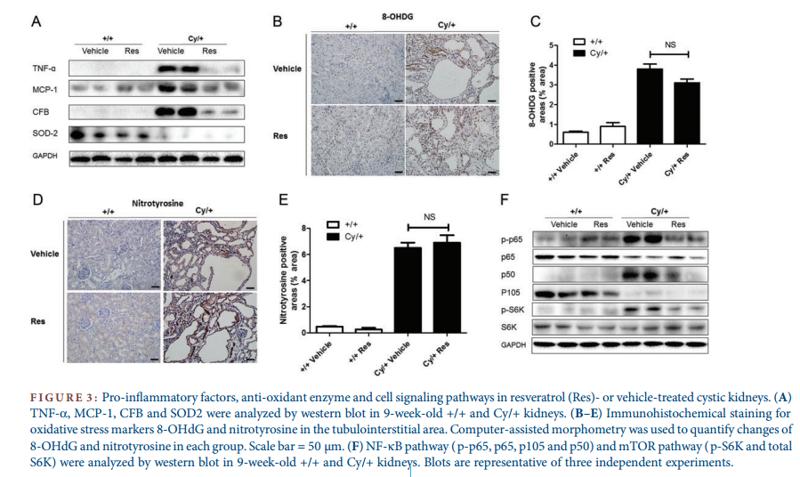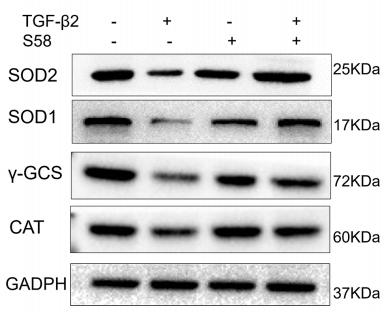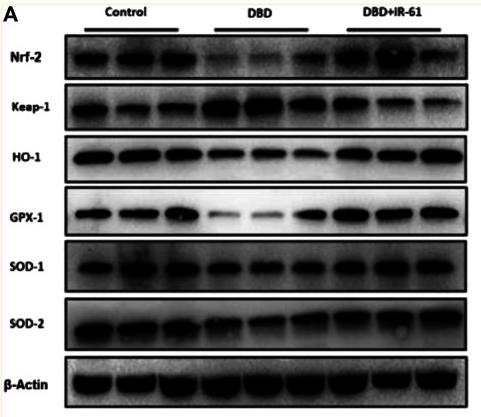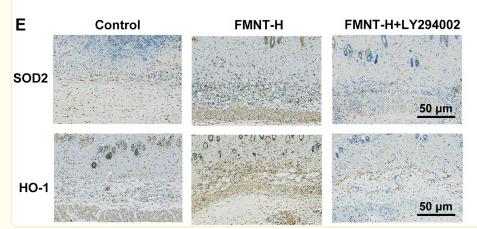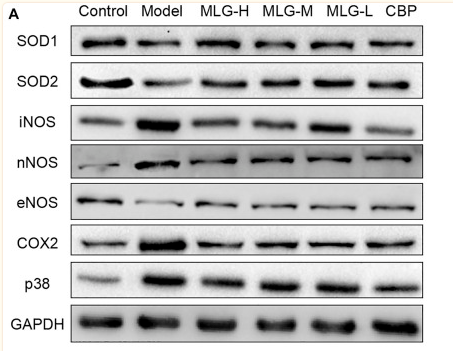SOD2/MnSOD Antibody - #AF5144
| Product: | SOD2/MnSOD Antibody |
| Catalog: | AF5144 |
| Description: | Rabbit polyclonal antibody to SOD2/MnSOD |
| Application: | WB IHC |
| Cited expt.: | WB, IHC |
| Reactivity: | Human, Mouse, Rat |
| Prediction: | Pig, Zebrafish, Bovine, Horse, Sheep, Rabbit, Xenopus |
| Mol.Wt.: | 25 kDa; 25kD(Calculated). |
| Uniprot: | P04179 |
| RRID: | AB_2837630 |
Related Downloads
Protocols
Product Info
*The optimal dilutions should be determined by the end user. For optimal experimental results, antibody reuse is not recommended.
*Tips:
WB: For western blot detection of denatured protein samples. IHC: For immunohistochemical detection of paraffin sections (IHC-p) or frozen sections (IHC-f) of tissue samples. IF/ICC: For immunofluorescence detection of cell samples. ELISA(peptide): For ELISA detection of antigenic peptide.
Cite Format: Affinity Biosciences Cat# AF5144, RRID:AB_2837630.
Fold/Unfold
Indophenoloxidase B; IPO B; IPOB; Manganese containing superoxide dismutase; Manganese SOD; Manganese superoxide dismutase; Mangano superoxide dismutase; Mn SOD; Mn superoxide dismutase; MNSOD; MVCD6; SOD 2; SOD2; SODM_HUMAN; Superoxide dismutase [Mn] mitochondrial; Superoxide dismutase [Mn], mitochondrial; Superoxide dismutase 2 mitochondrial;
Immunogens
A synthesized peptide derived from human SOD2/MnSOD, corresponding to a region within the internal amino acids.
- P04179 SODM_HUMAN:
- Protein BLAST With
- NCBI/
- ExPASy/
- Uniprot
MLSRAVCGTSRQLAPVLGYLGSRQKHSLPDLPYDYGALEPHINAQIMQLHHSKHHAAYVNNLNVTEEKYQEALAKGDVTAQIALQPALKFNGGGHINHSIFWTNLSPNGGGEPKGELLEAIKRDFGSFDKFKEKLTAASVGVQGSGWGWLGFNKERGHLQIAACPNQDPLQGTTGLIPLLGIDVWEHAYYLQYKNVRPDYLKAIWNVINWENVTERYMACKK
Predictions
Score>80(red) has high confidence and is suggested to be used for WB detection. *The prediction model is mainly based on the alignment of immunogen sequences, the results are for reference only, not as the basis of quality assurance.
High(score>80) Medium(80>score>50) Low(score<50) No confidence
Research Backgrounds
Destroys superoxide anion radicals which are normally produced within the cells and which are toxic to biological systems.
Nitrated under oxidative stress. Nitration coupled with oxidation inhibits the catalytic activity.
Acetylation at Lys-122 decreases enzymatic activity. Deacetylated by SIRT3 upon exposure to ionizing radiations or after long fasting (By similarity).
Polyubiquitinated; leading to proteasomal degradation. Deubiquitinated by USP36 which increases protein stability.
Mitochondrion matrix.
Belongs to the iron/manganese superoxide dismutase family.
Research Fields
· Cellular Processes > Transport and catabolism > Peroxisome. (View pathway)
· Environmental Information Processing > Signal transduction > FoxO signaling pathway. (View pathway)
· Human Diseases > Neurodegenerative diseases > Huntington's disease.
· Organismal Systems > Aging > Longevity regulating pathway. (View pathway)
· Organismal Systems > Aging > Longevity regulating pathway - multiple species. (View pathway)
References
Application: WB Species: Mouse Sample: gastric tissues
Restrictive clause
Affinity Biosciences tests all products strictly. Citations are provided as a resource for additional applications that have not been validated by Affinity Biosciences. Please choose the appropriate format for each application and consult Materials and Methods sections for additional details about the use of any product in these publications.
For Research Use Only.
Not for use in diagnostic or therapeutic procedures. Not for resale. Not for distribution without written consent. Affinity Biosciences will not be held responsible for patent infringement or other violations that may occur with the use of our products. Affinity Biosciences, Affinity Biosciences Logo and all other trademarks are the property of Affinity Biosciences LTD.


